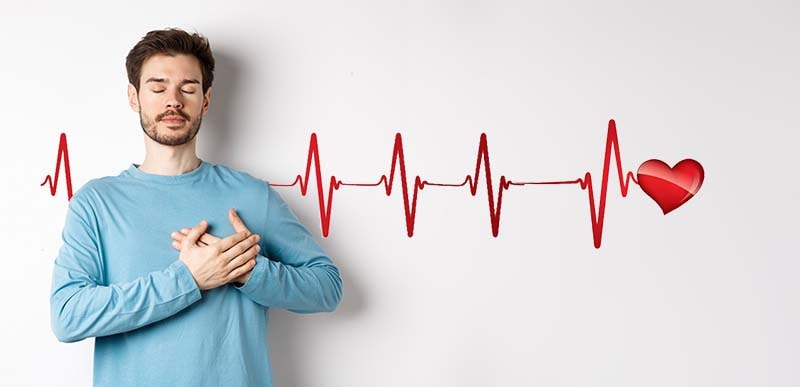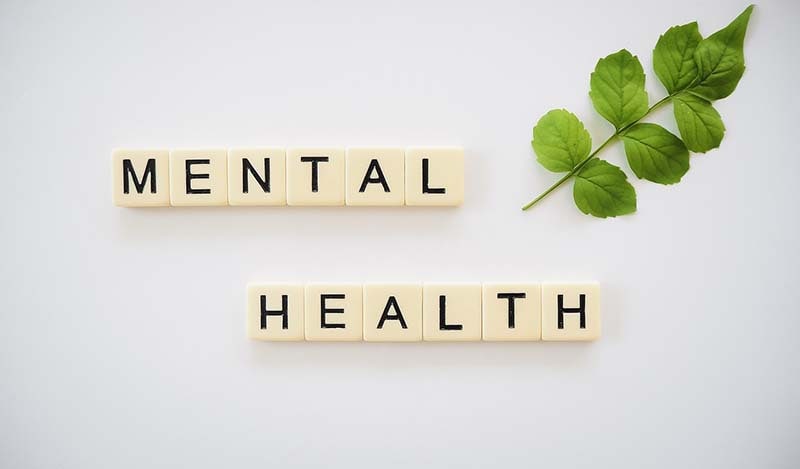What is a Panic Attack?
A panic attacks is an intense surge of fear or distress that peaks within minutes. It’s not just about feeling anxious or tense. It’s a sudden and overwhelming feeling of terror that can be incredibly debilitating. Imagine your heart racing, your breathing irregular, and feeling like you’re losing control that’s what a panic attack feels like.
Difference Between Panic Attacks and Anxiety Attacks
Although panic attacks and anxiety attacks are often used interchangeably, they are separate experiences. Panic comes on suddenly and includes severe physical symptoms. They are usually short-lived but extremely severe. On the other hand, anxiety attacks develop gradually, are often related to a specific stressor, and can last longer. It is important to understand these differences for effective management and treatment.
Understanding the Causes of Panic Attacks
Biological and Environmental Factors
The causes of panic attacks can be complex, involving both biological and environmental factors. Genetically, some people may be prone to panic attacks due to neurotransmitter imbalances. Environmentally, factors such as high stress levels, traumatic events, or life changes can trigger these episodes.
Symptoms of a Panic Attacks may include:
- Rapid heartbeat
- Sweating
- Trembling
- Shortness of breath
- Chest pain
- Nausea
- Dizziness
- Fear of losing control or dying
Common Triggers for Panic Attacks
Common triggers include stress, caffeine, changes in routine, and even certain conditions. For example, someone with an anxiety disorder may find that a stressful job or a major life event, such as moving to a new city, can trigger panic attacks. By recognizing and understanding these triggers, Individuals can better manage their condition.
Recognizing the symptoms
Physical symptoms
Panic attacks manifest in a variety of physical symptoms, including rapid heart rate, sweating, shaking, difficulty breathing, and chest pain. These symptoms can be so severe that many people mistake a panic attack for a heart attack, which only adds to the fear and anxiety.
Psychiatric symptoms
In addition to physical symptoms, psychological symptoms can be equally distressing. These include Feelings of impending doom, fear of losing control, and detachment from reality. The combination of these symptoms makes a panic attack a very painful experience.
Panic Attacks at night
Interestingly, panic attacks can also occur at night, jolting individuals awake with an overwhelming sense of dread. Known as nocturnal panic attacks, these can severely disrupt sleep and contribute to chronic insomnia. Understanding this unique phenomenon is important for sufferers and healthcare providers who want to offer comprehensive care.
Methods for dealing with panic attacks
Breathing and relaxation techniques
One of the most effective ways to deal with panic attacks is through controlled breathing and relaxation techniques. Exercises such as deep breathing, muscle relaxation, and mindfulness can significantly reduce the symptoms of a panic attack.
Seek Professional help
If panic attacks are affecting your quality of life, it’s important to seek professional help.
Consulting a Mental Health Professional
A Mental Health professional, such as a psychiatrist or psychologist, can provide an accurate diagnosis and create an appropriate treatment plan. Therapy, medication, or a combination of both can effectively manage panic attacks.
Available treatments
There are several treatments available for panic attacks, including:
- Medicine
- Cognitive Behavioral Therapy (CBT)
- Exposure therapy
- Support Groups
Lifestyle changes to manage stress and anxiety
Long-term management of panic attacks often involves lifestyle changes. Regular exercise, a balanced diet, adequate sleep, and stress management techniques like yoga and meditation can make a significant difference. Reducing caffeine and alcohol intake can also help reduce the frequency and severity of panic attacks.
The importance of consulting a healthcare professional
Although self-help strategies are beneficial, consultation with a healthcare professional is essential for a comprehensive treatment plan. A healthcare provider can offer a diagnosis, recommend treatment options, and monitor progress.
Treatments available for panic attacks
Treatment options for panic attacks include medication, therapy, or a combination of both. Medications such as SSRIs and benzodiazepines can help manage symptoms, while treatment such as CBT provides long-term solutions. It is important to work closely with the healthcare provider to determine the best approach.
Real-life stories: A women’s perspective on panic attacks
Hearing from others who have experienced panic attacks can be incredibly comforting and inspiring. Women, in particular, often face unique challenges, balancing work, family, and personal well-being. Personal stories highlight the resilience and strength needed to overcome panic attacks and can offer hope to others facing similar struggles.
Conclusion
Understanding panic attacks, their causes, and how to manage them is essential for anyone experiencing these severe episodes. Remember, you are not alone, and there is effective help available. Prioritize your mental health, seek professional guidance, and use the coping strategies discussed in this post. By taking these steps, you can regain control and find calm in the midst of chaos.
If you found this blog post helpful, please share it with others who might benefit from it. Your contribution can change someone’s life. For more information and support, consider reaching out to mental health professionals or support groups in your area. Together, we can build a community that makes mental health a priority and supports each other.











